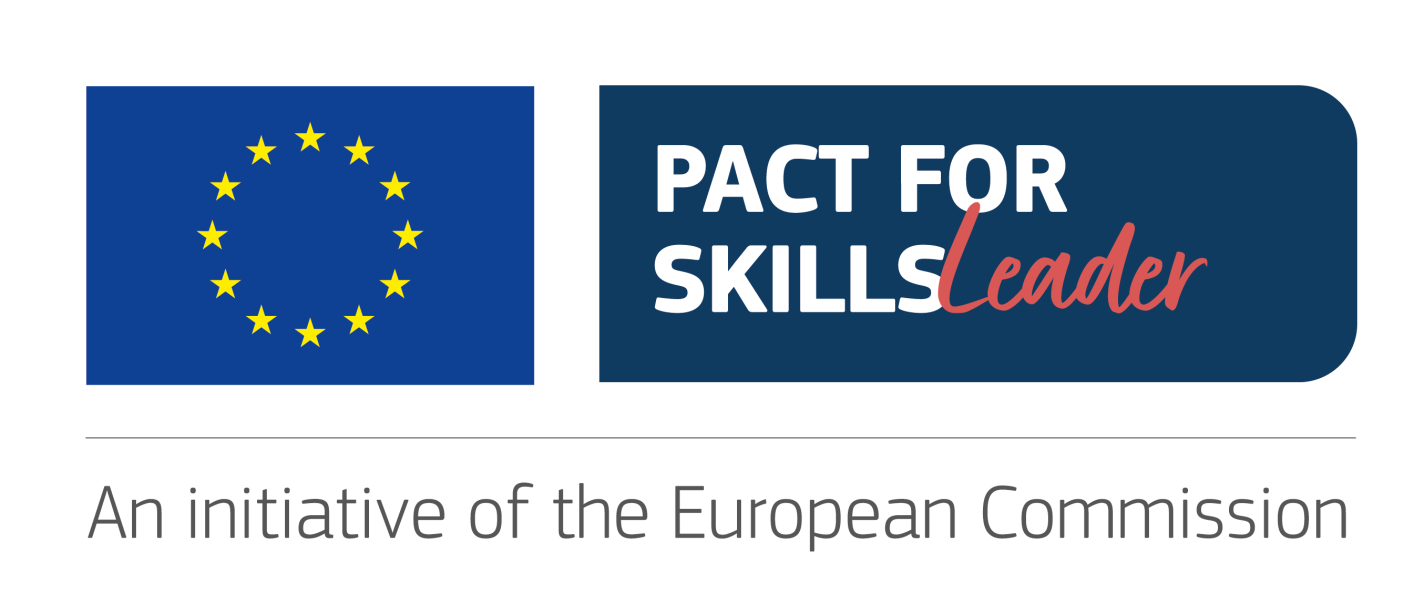On Feb. 9, an event entitled “What training for the tourism of the future: the road indicated by the Skills Pact” was held at BIT in Milan as part of the European project PACTS4ALL – of which Federturismo is one of the main partners.
The round table, moderated by Federturismo Confindustria’s Head of European Projects and Partnerships, Rino Vitelli, focused on the training challenges in the tourism sector, the impact of technologies in tourism and the future of work in the age of artificial intelligence, through sharing experiences and reflections on the skills needed for the future of this sector.
Topics on which were discussed: the president of Federturismo Confindustria, Marina Lalli; the president of AIDIT and CEO of Bluvacanze, Domenico Pellegrino; the director of the Italian School of Hospitality, Giulio Contini; the director of the Master in Tourism & Hospitality Management at the University of Naples “Parthenope,” Mariapina Trunfio; the Project Manager of EVBB (Association of European Training Bodies), Antonio Gennarelli.
“In order to be competitive, the tourism sector,” stressed Federturismo Confindustria President Marina Lalli, ”needs, even more so now that the digitization process affects every area of our lives, a training system that is able to adequately prepare professionals in the sector through constant staff training and updating. Critical issues are not only evident in the training of students, but also in subsequent reskilling and upskilling, especially in the digital sphere.
This is why as a federation we have understood how important it is to train new professionals in the digital sphere as well, and we have become involved in the design and management of national and international initiatives on skills development by responding in a concrete way to calls published by the European Union that aim at sustainable, responsible and high-quality tourism development and by participating in various projects that aim to improve synergies between educational institutions and the labor market on both the supply and demand sides.”



